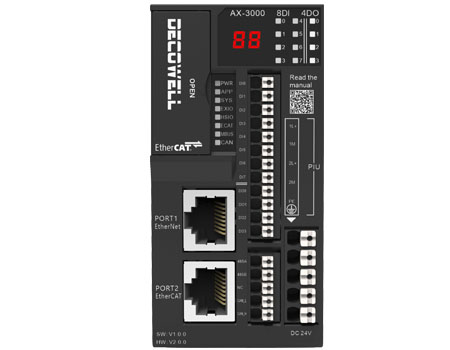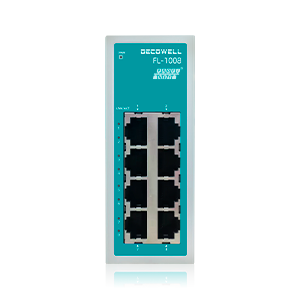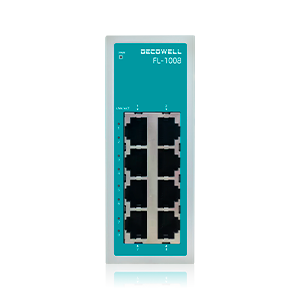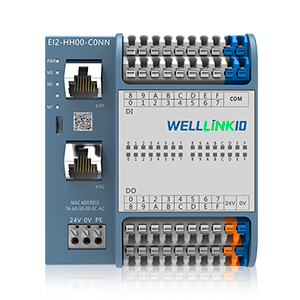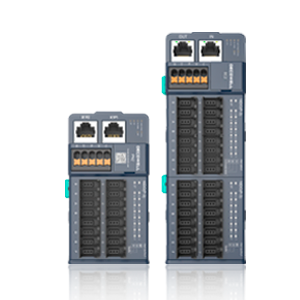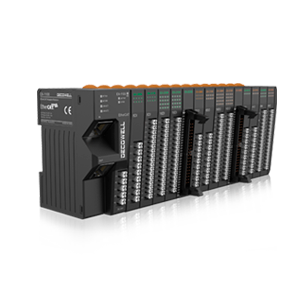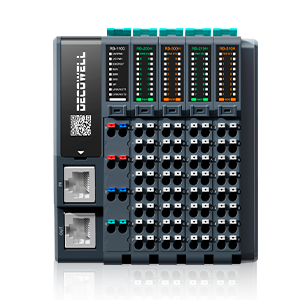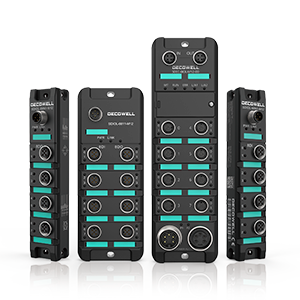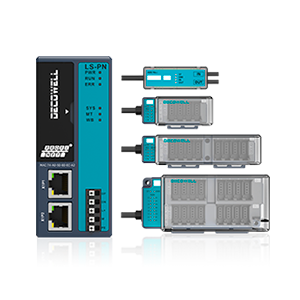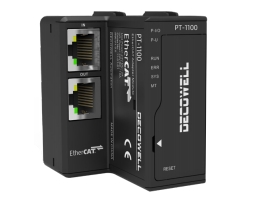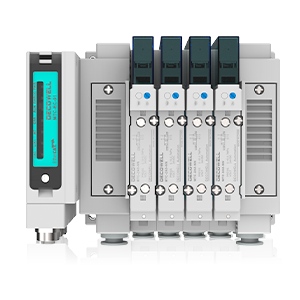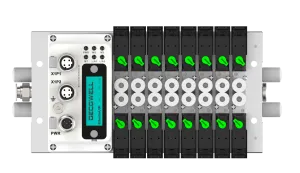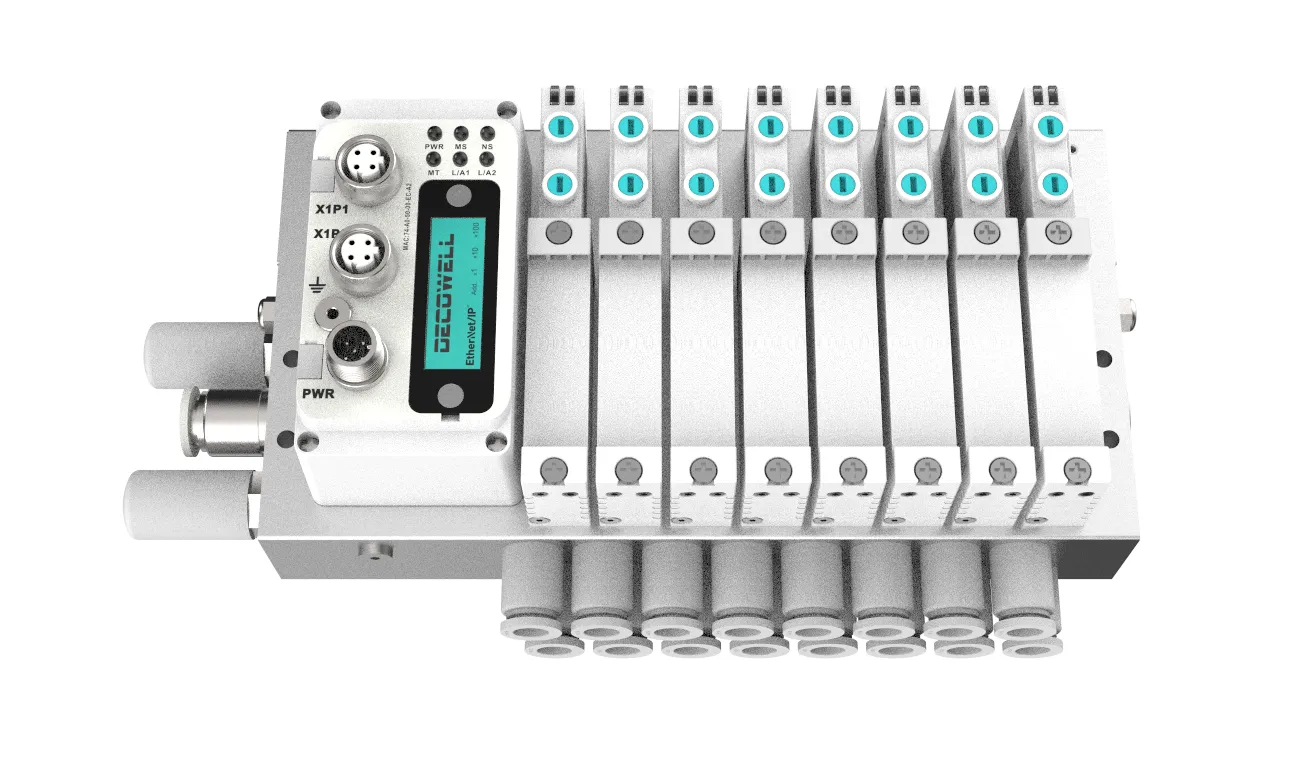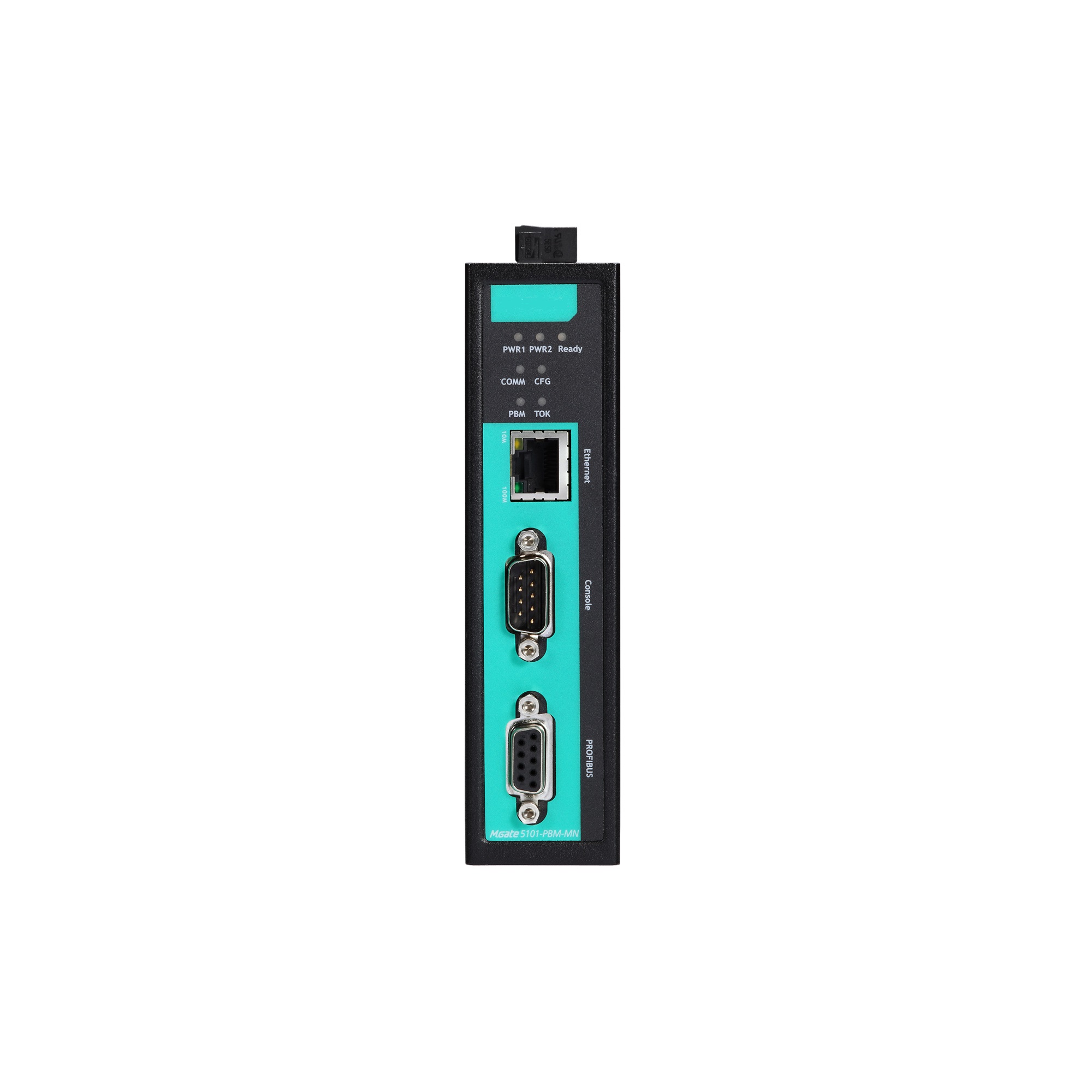
Industry News
I/O Modules: The Backbone of Industrial Automation
In the dynamic world of industrial automation, we are witnessing unprecedented advancements that redefine how we operate and manage our processes. At the heart of this transformation lies the I/O module, or input and output module, which plays an essential role in ensuring seamless communication between various system components. As we explore the significance of these critical devices, it becomes clear that I/O modules are the backbone of any automated industrial environment, enhancing efficiency, reliability, and data integrity.
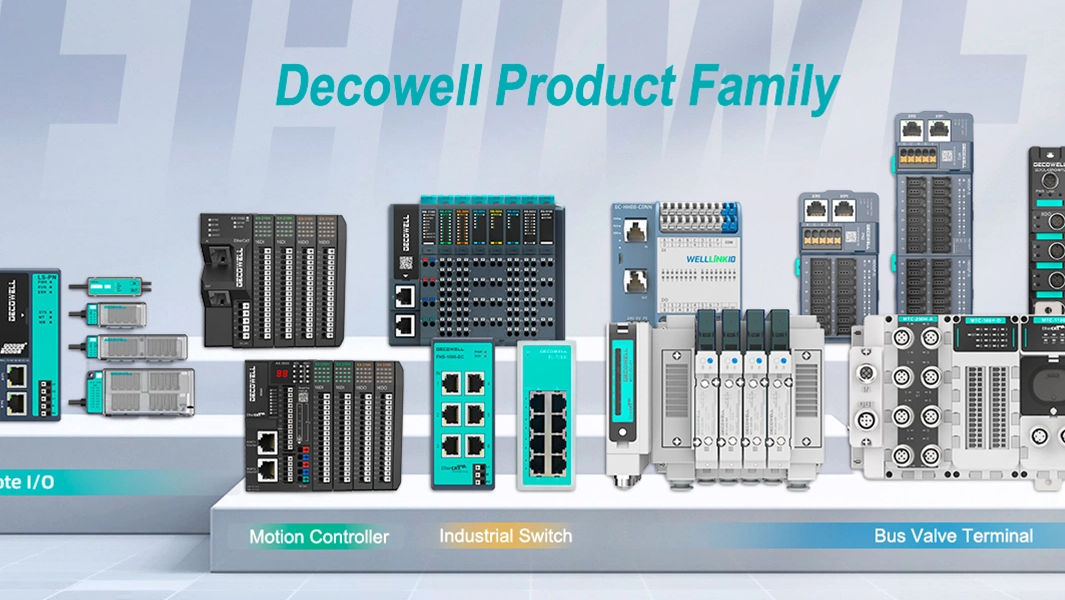
Understanding I/O Modules in Industrial Settings
To appreciate the impact of I/O modules on our operations, we first need to understand their functionality. An I/O module serves as a crucial intermediary, converting physical signals from sensors into digital data that can be understood by control systems. Likewise, they facilitate the transmission of commands from the control system back to the machinery, enabling appropriate responses based on real-time inputs.
For instance, imagine a manufacturing plant where temperature, pressure, and flow need constant monitoring for optimal performance. The I/O module collects data from various sensors installed throughout the facility and sends it to a central control unit. This immediate feedback loop allows us to make informed decisions, optimize resource allocation, and ensure compliance with safety regulations. In essence, without effective input and output modules, our ability to monitor and control processes would be severely hampered.
The Importance of Compatibility and Scalability
As we explore different I/O modules available in the market, it is vital to consider compatibility and scalability. In an industrial setting, our automation systems must work harmoniously with existing infrastructure and adapt to future technological changes. By prioritizing an input and output module that adheres to standard communication protocols such as Ethernet, Modbus, or Profibus, we can ensure seamless integration and interoperability across various devices and platforms.
Scalability is another essential aspect of choosing the right I/O module. As our businesses evolve, operational demands may increase, requiring the addition of more sensors, actuators, or even entire control units. Having an input and output module that supports such expansion enables us to grow without incurring significant costs or delays. This forward-thinking approach allows us to stay competitive in a rapidly changing market landscape, ensuring our operations remain efficient and responsive.
Reliability and Performance: Key Attributes of I/O Modules
When we discuss I/O modules, two attributes that consistently stand out are reliability and performance. In industries where equipment failure can lead to costly downtimes, investing in robust I/O modules is essential for maintaining continuous operations. These input and output modules must endure a wide array of environmental conditions, including fluctuating temperatures, high humidity, and electromagnetic interference. Selecting high-quality modules ensures that they perform consistently, safeguarding our operations from the unpredictable challenges of the industrial landscape.
Moreover, performance metrics are critically important. For our automation processes to run smoothly, I/O modules must facilitate quick data acquisition and transfer with minimal latency. An optimal module's response time directly influences our ability to react swiftly to changes, whether it’s adjusting production rates, managing inventory levels, or addressing potential safety hazards. By choosing reliable and high-performance I/O modules, we empower our operations to function at their best while mitigating risks associated with inefficiency and downtime.
Trends in I/O Module Technology
As we advance into a new era of industrial automation, several trends are shaping the future of I/O module technology. One significant trend is the increasing integration of smart technologies. Many modern I/O modules now come equipped with built-in intelligence, capable of analyzing data on-site rather than relying solely on central control systems. This development not only speeds up data processing but also minimizes the load on centralized systems, leading to enhanced overall performance.
Another noteworthy trend is the push towards wireless I/O modules, which eliminate the need for extensive wiring and provide greater flexibility in installation and maintenance. Wireless modules can communicate with control units over long distances, facilitating easier access to areas previously difficult to reach. This adaptability stands to revolutionize how we implement automation solutions.
Conclusion
In summary, as we continue to advance in the realm of industrial automation, the significance of I/O modules cannot be overstated. These input and output modules serve as the essential bridge connecting our diverse machinery and control systems, enabling cohesive operations across our facilities. Their compatibility, scalability, reliability, and performance are critical factors that guide our decisions when selecting the right modules for our needs.
At DECOWELL, we understand the complexities of industrial automation and are committed to providing solutions that meet the highest standards of quality and innovation. Our comprehensive range of I/O modules reflects our dedication to supporting businesses like ours in achieving operational excellence. We believe that by leveraging advanced input and output modules, we can enhance productivity, ensure safety, and foster sustainable growth in our industries.
